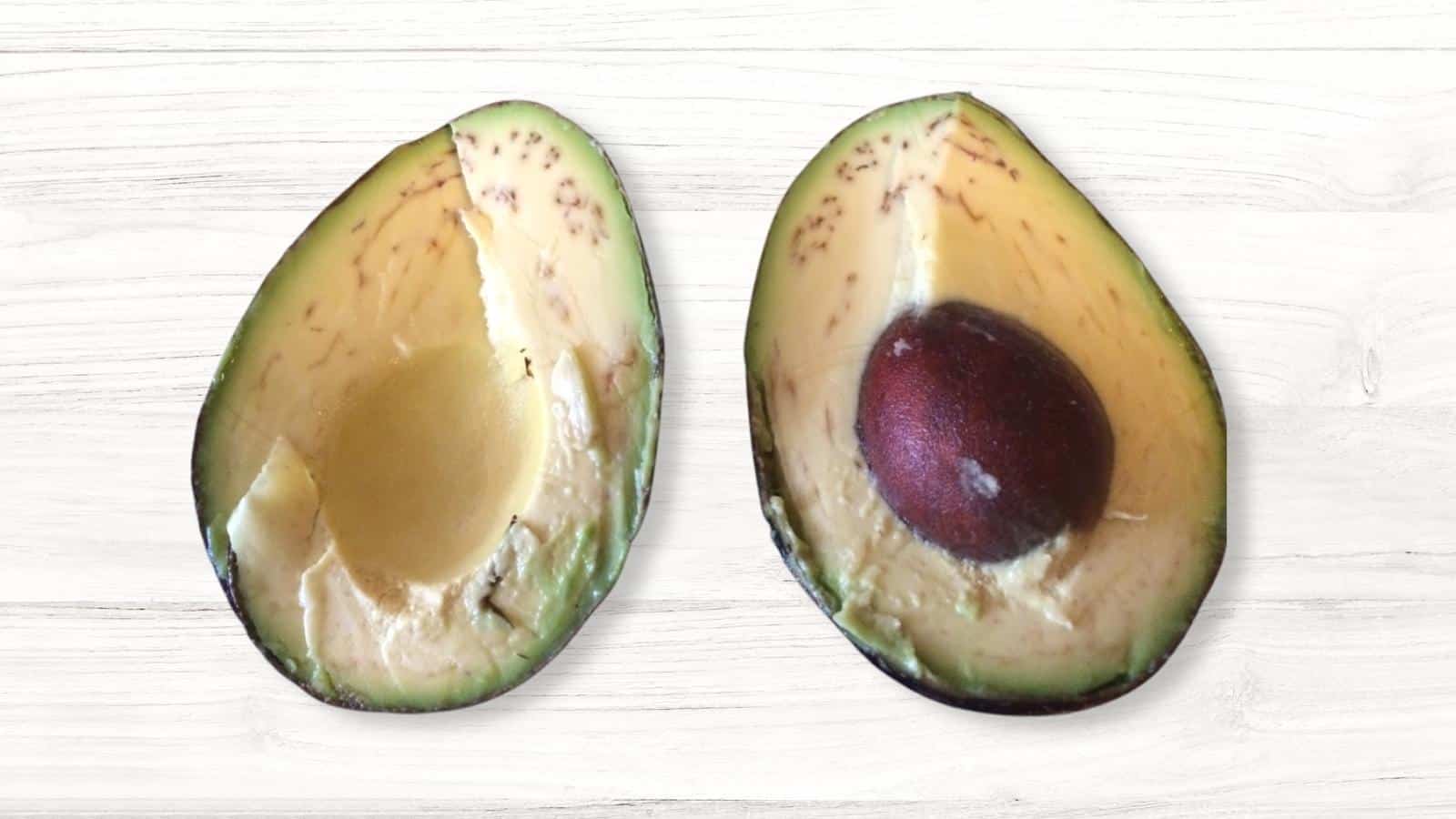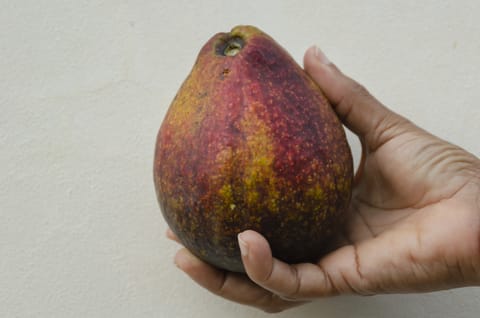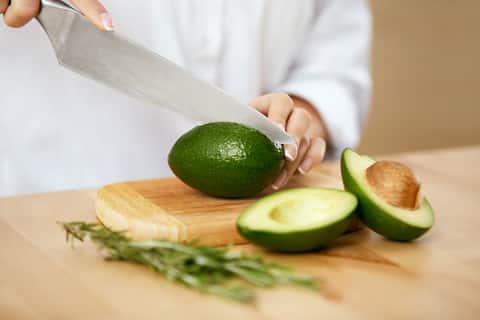
Avocados are creamy and luxurious, and they’re good for you! What’s great about using is avocados they’re so versatile – use them to make guacamole, salads, smoothies, or even chocolate mousse!
They’re perfectly sliced on toast for breakfast or if you have more time, add a poached egg on top.
Why Is Avocado Turning Red?
Often we only need to use half an avocado, and the other half needs to be stored for later use. However, lately, a bunch of confused users have been asking why they’re seeing their avocados turn a reddish color on the inside after leaving them for a while.
Is this poisonous? Is it safe to eat? How can we prevent this from happening?
If you are also someone who has experienced something similar and don’t have much idea of what the red color is about, then this article is for you!
Here, we’ll explain everything you need to know about your avocado turning red. Often they turn brown so we’ll deal with that problem too.
Why Does This Happen?
Avocado pits contain tannins. These are bitter compounds and if they come into contact with the flesh, they will cause it to turn red. It’s best not to eat these bitter areas but rather to eat around them.
If you cut into the pit, you will notice that it turns red, especially after being left for a while.
What if the Skin is Red?
Sometimes you may come across an avocado that has reddish, not greenish, or black skin. This simply means that the skin is sunburned. It may be worse on one side than the other.
Usually, the leaves on the tree cover the growing fruit and prevent this from happening. However, your sunburnt avocado is safe to eat and the burnt color on the skin won’t affect the flesh inside.
Avocados Turn Brown Too
Once an avocado has been cut and the flesh is exposed to the air, it will start to turn brown. Apples, pears, and bananas do the same. The process is called oxidation.
An enzyme in the flesh (polyphenol oxidase) reacts with oxygen in the air, turning the fruit brown. This does not affect the flavor or nutritional value, but it doesn’t look appetizing.
How to Prevent Discoloration
Avocados are certainly delicate fruits. We have to protect them from bruising, getting sunburn, turning red, and turning brown. They’re worth the effort though as there’s nothing quite like their silky creaminess. Here’s how to prevent red or brown discoloration:
- Be careful not to cut into the pit. This is where the bitter tannins that cause the red color comes from, so cut your avocado in half carefully.
- When mashing avocado to use in guacamole or dips, mix through a little lime juice, lemon juice, or vinegar to prevent it from turning brown. If slicing or cubing it, gently toss the pieces through a little lemon juice. Add salt to balance the acidity.
- After you’ve opened an avocado, cover any leftover tightly in clingwrap.
- Only cut avo just before you want to serve it.
- Never use a carbon-containing knife on an avocado. Go for stainless steel as this won’t react with the fruit and discolor it.
- Blanch the fruit in boiling water before peeling it. This method destroys the enzyme that turns the avo brown. To do this, with a slotted spoon, dip your whole, unpeeled avocado into boiling water for exactly ten seconds. Remove it and immediately plunge it into an iced water bath.
The Bottom Line:
Why does an avocado turn red? The main reason behind the fruit’s odd behavior is mostly because of the tannin content that can be found inside the pits.
The tannins are also the reason why the fruit develops a bitter taste when if we try to cook it. If you have any more avocado hacks, be sure to let us know in the comments.


